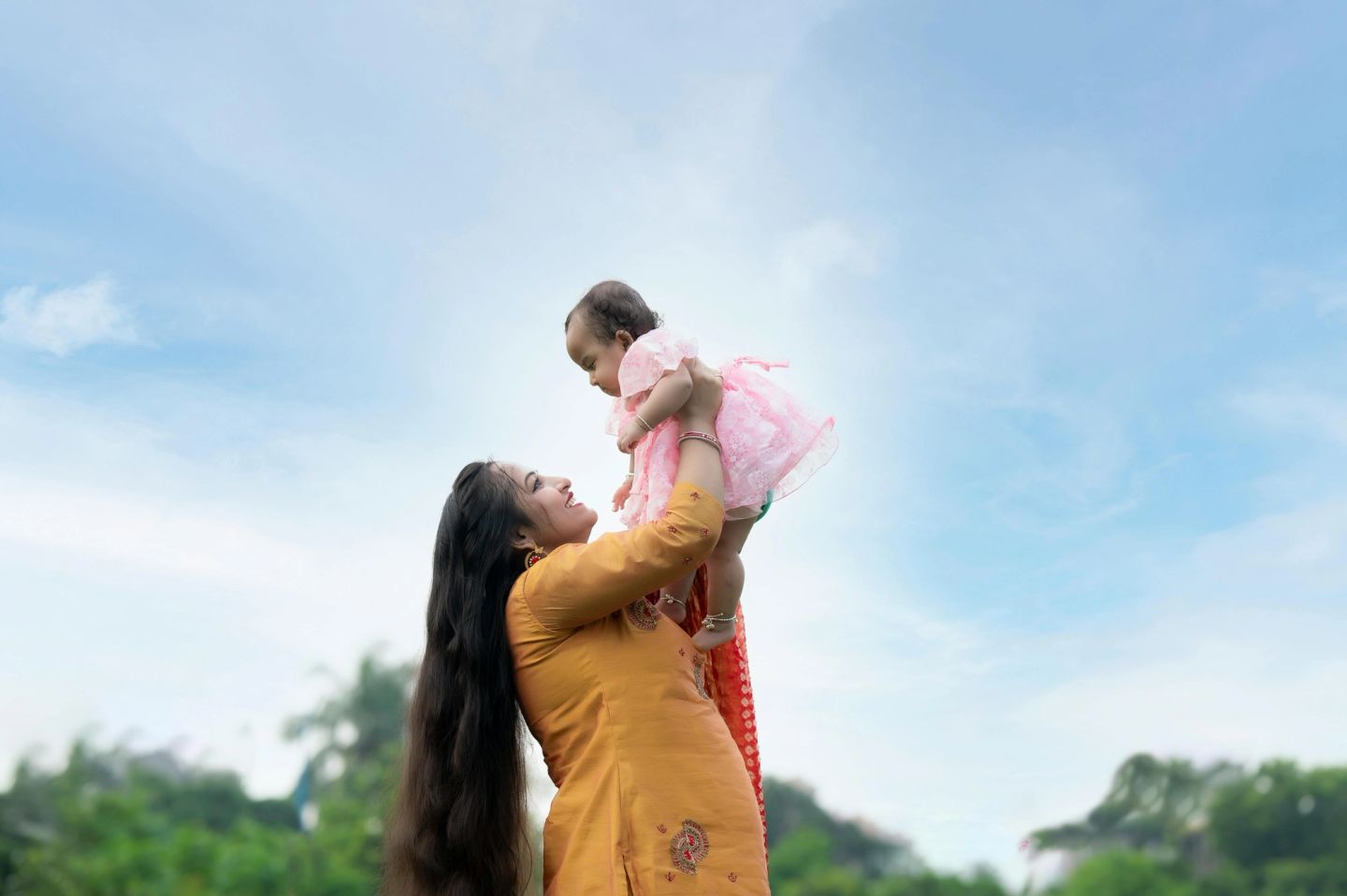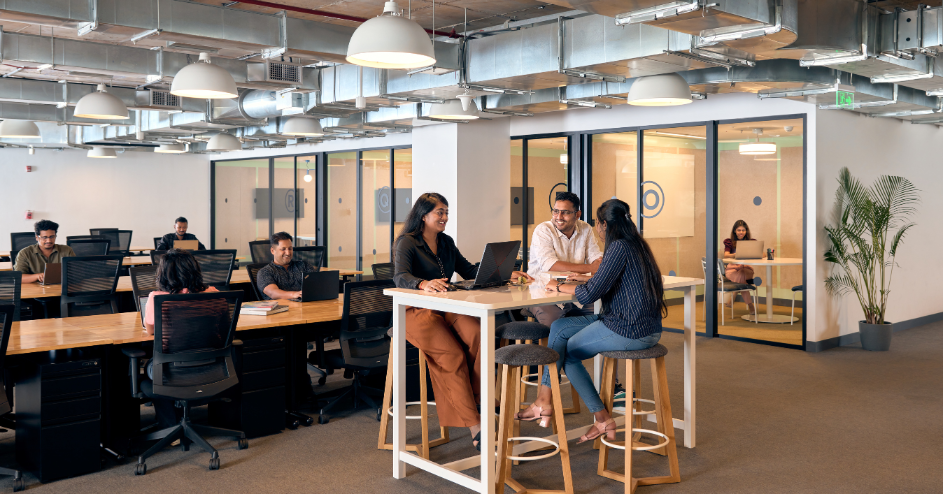WEWORK LABS
Child Nutrition Standards with MAAP AI-Startup

Building from India for the World: Romita Ghosh’s mission to raise the standards for nutrition in childcare
Measuring an infant’s length is a task that doesn’t require too much thinking in an urban hospital set up. You place the baby on the length board, measure the crown, the head, and the legs, and that should give you an estimate of the health of the baby.
It was when Romita Ghosh first saw this process happen in an anganwadi clinic in Telengana that she decided, this critical task is often taken for granted. “WHO standards tell us that for a certain age, a child should have a specific height and weight. These are used to determine malnutrition. But in this case, the worker guessed and wrote down a number because the child was hard to manage,” she tells WeWork Labs.
Errors at this stage could result in severe inconsistencies. This is because the government directive requires that at least 80% of children aged 0-6 years attending Anganwadi centers have their growth tracked monthly. It was this instance that first sparked Romita’s mission to solve nutrition. Today, MAAP AI — a solution where, with just a single click of an image, one can determine whether a child has malnutrition.
Diagnosing malnutrition early is key to preventing stunted growth as the child enters development. This is a pressing issue to solve particularly for India, as it contributes to about one-third of the global burden of undernutrition, underscoring the magnitude of the public health challenge. Despite making some level of progress, India is still behind on its nutrition targets.
Which is why companies like MAAP are critical in helping bridging the gap between patient care and overall health goals.
Building in public health
The healthcare sector in India reached over $370 billion by 2022 and is projected to grow over $610 billion by 2026, reflecting significant investment opportunities. That being said, there is still some significant strain on some parts of the healthcare ecosystem. Anganwadi workers juggle multi-functional roles such as childcare, health monitoring, nutrition counseling, growth measurement, and extensive record keeping. “There’s already an existing workforce — ASHA and anganwadi workers — who are overloaded. They handle everything from vaccinations to voting duties to implementing central government policies," says Romita.
In these types of environments, it is important to have small things to take care of. “We’re focused on upskilling and equipping them with technology that reduces manual effort. For example, with MAAP AI, they no longer need to carry scales or height-measuring tools. "We’re not trying to build a new system — instead, we’re making the existing system more efficient, doing more with less,” she said.
Also Read: How Startups Are Solving India’s Protein Deficiency Problem
Building MAAP AI out of WeWork
Building a company in public health also meant that Romita needed to have a presence globally. With such ambitious goals Romita and her team needed both global partnerships and local agility. "Sometimes we needed to be in Bengaluru for tech reasons, other times near Delhi for government access," she said, adding “WeWork gave us the flexibility to work from different locations without worrying about infrastructure." I also love that WeWork attracts people with similar energy and purpose, which makes collaboration easier.
With the right support system, things feel a little less intimidating from Day One, “Five years ago, there were no datasets or ready models for this. Today, we have more open-source models and data, but back then, we had nothing — just a very ambitious idea.”
Scaling impact and looking ahead
From that initial spark in a small anganwadi clinic in Telangana to screening over 200,000 children so far, MAAP AI has come a long way. The goal now is nothing short of ambitious — to reach 100 million children by 2030.
Romita believes the path to achieving this lies in what she calls her 6P model: Public, Private, Philanthropy, Policy, Patient capital, and People. “AI shouldn’t just be about great products; it should also solve fundamental societal problems at scale,” she says.
For anyone looking to build at the intersection of healthcare and AI, Romita’s advice is simple but hard-won: “Don’t use AI just for the sake of it. Start with a clear use case — a problem you want to solve at scale — and then use AI as a tool to get there. Otherwise, it can get expensive, fast.”
Image credit Pexels
Related Blogs:

WEWORK LABS
With the Indian startup ecosystem gaining maturity, there are a number of things changing—startups are thinking more global in their ambitions, more companies are taking their companies to the market

WEWORK LABS
India may be home to unicorns and cutting-edge tech, but at its core, it's still a nation of farmers — with over 50% of the population dependent on agriculture.

